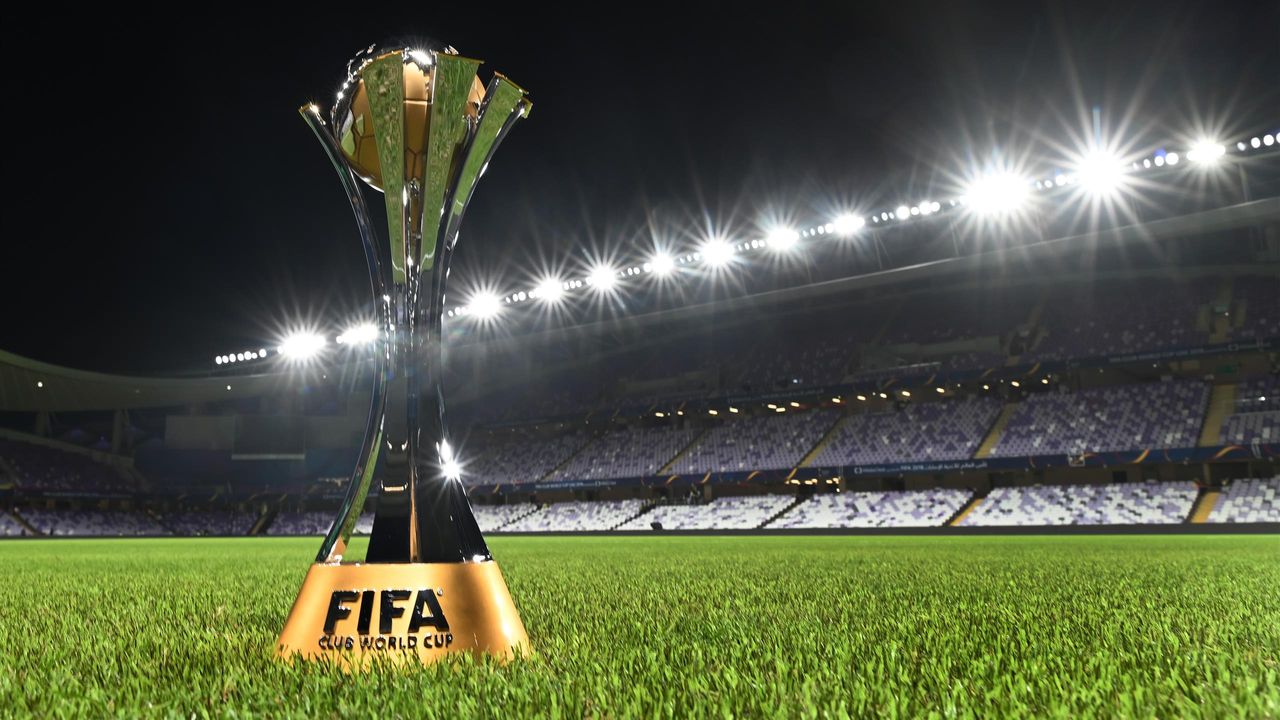
Every four years, the FIFA World Cup (or simply World Cup) is amongst the globe’s most anticipated sporting events. Around the world, over 3.2 billion football fans are anticipated to check and catch the FIFA World Cup 2022 action in Qatar via live telecast. The Olympic Games even cost an estimated 400 million dollars less than this.
Many people gather in cafes, pubs, and other public areas to cheer on and lament with their beloved clubs from around the world. More information on the tournament’s rich history and structure is needed to fully comprehend its significance and draw.
An introduction to FIFA
In terms of football, there is no greater event than the World Cup. No matter how good it is, the UEFA Champions League will always be eclipsed by the prestige that comes with having a single national champion.
There have been more than 3 billion individuals who tuned in to watch the FIFA World Cup this year and one billion people who tuned in to watch the final.
Since its founding in 1904 as the Federation Internationale de Football Association (FIFA), FIFA has been home to representatives from seven different European countries. In international tournaments and games, the rules of the game were set. They did not, however, have any plans to host a World Cup at the moment.
FIFA World Cup’s humble beginnings
After the initial international games, interest in a global soccer competition developed. Olympic Football competitions were historically held every four years, which is no longer the case.
In the middle of contentious and unresolved disputes between the International Olympic Committee and FIFA, the World Cup committee decided to conduct their separate international competition, allowing national teams to acquire individuals from regional, professional football teams.
The first FIFA World Cup was held in Montevideo, Uruguay, in 1930, with thirteen teams participating. To commemorate Uruguay’s 100th anniversary, this location was chosen for its two Olympic soccer gold medals in 1924 and 1928.
Only four European countries attended the games because of Europe’s economic troubles and fears about losing their jobs due to spending so much time off for the events.
Important events in its timeline
The first-ever 2 World Cup qualifiers, Mexico vs. France and the United States vs. Belgium, were held on July 13th. The United States won a score of 3-0.
As the tournament came to a close, Uruguay had taken home the first-ever trophy for the World Cup, which served as a barometer for the performance of the 13 participating nations. In a fitting tribute to FIFA president Jules Rimet, the trophy was given a new name “the Rimet Trophy” in 1946.
After Brazil won their 3rd World Cup title in 1974, the trophy named Jules Rimet trophy finally retired and was replaced with the FIFA World Cup Trophy. The games have been held every four years, with the exception of two previously arranged contests.
Due to the outbreak of World War II, the World Cup was halted and the 1942 games were canceled. World Cup games didn’t begin until Uruguay won their second title in 1950.
The World Cup is a league of its own
The home team has a history of overachieving at World Cups. The home team managed to win six straight games. In addition, a number of lesser-known clubs have gone far in the tournament when playing at their home base.
In the upcoming vòng loại world cup 2022, several players may lose their composure following the games. It’s not just about winning that makes a successful sport; but also about being compassionate, according to a number of athletes. Also, it’s a treat to see sports stars thanking their supporters for their support after a hard-fought contest.
For some, the World Cup may be nothing more than a spectator sport, but for others, it’s a wonderful opportunity to meet people from around the world. At athletic events, people from all over the world have been photographed exchanging jerseys, hugging, and even chanting together.





